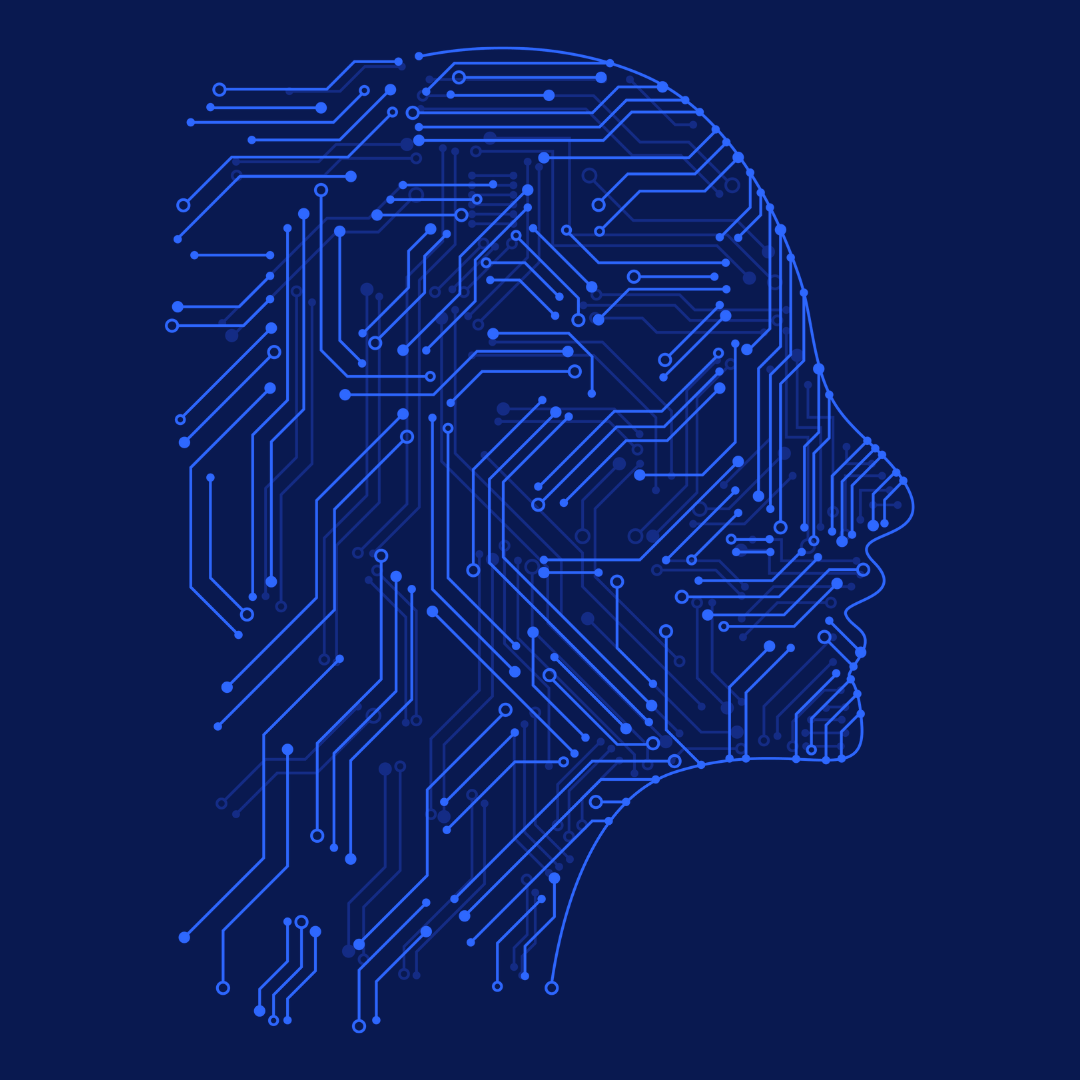Aggregated News

In 1889, a French doctor named Francois-Gilbert Viault climbed down from a mountain in the Andes, drew blood from his arm and inspected it under a microscope. Dr. Viault’s red blood cells, which ferry oxygen, had surged 42 percent. He had discovered a mysterious power of the human body: When it needs more of these crucial cells, it can make them on demand.
In the early 1900s, scientists theorized that a hormone was the cause. They called the theoretical hormone erythropoietin, or “red maker” in Greek. Seven decades later, researchers found actual erythropoietin after filtering 670 gallons of urine.
And about 50 years after that, biologists in Israel announced they had found a rare kidney cell that makes the hormone when oxygen drops too low. It’s called the Norn cell, named after the Norse deities who were believed to control human fate.
It took humans 134 years to discover Norn cells. Last summer, computers in California discovered them on their own in just six weeks.
The discovery came about when researchers at Stanford programmed the computers to teach...



